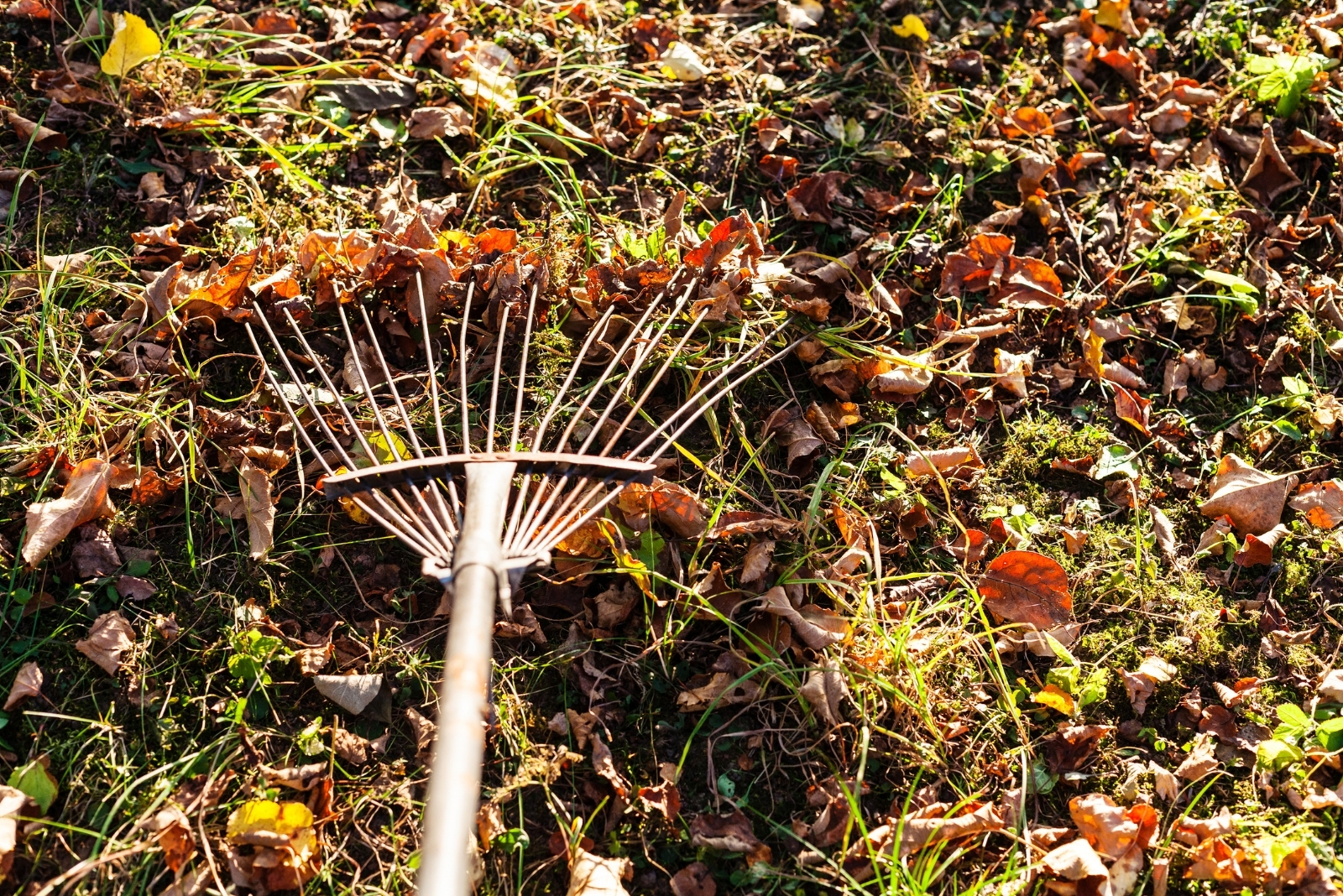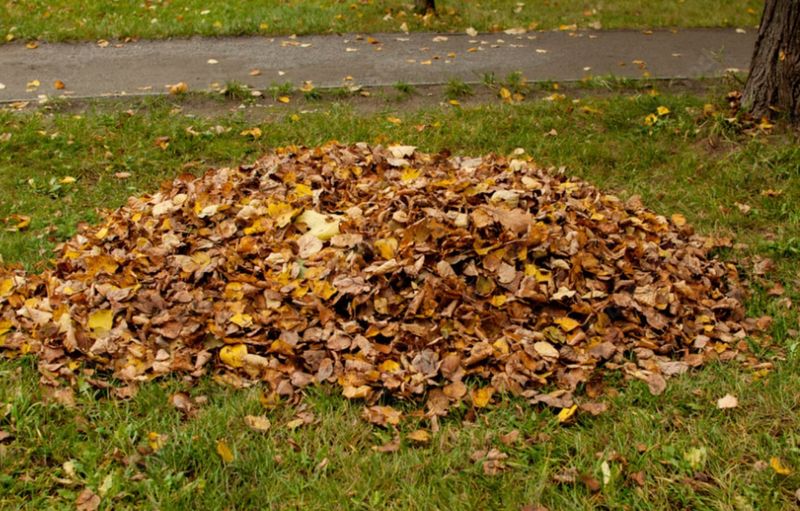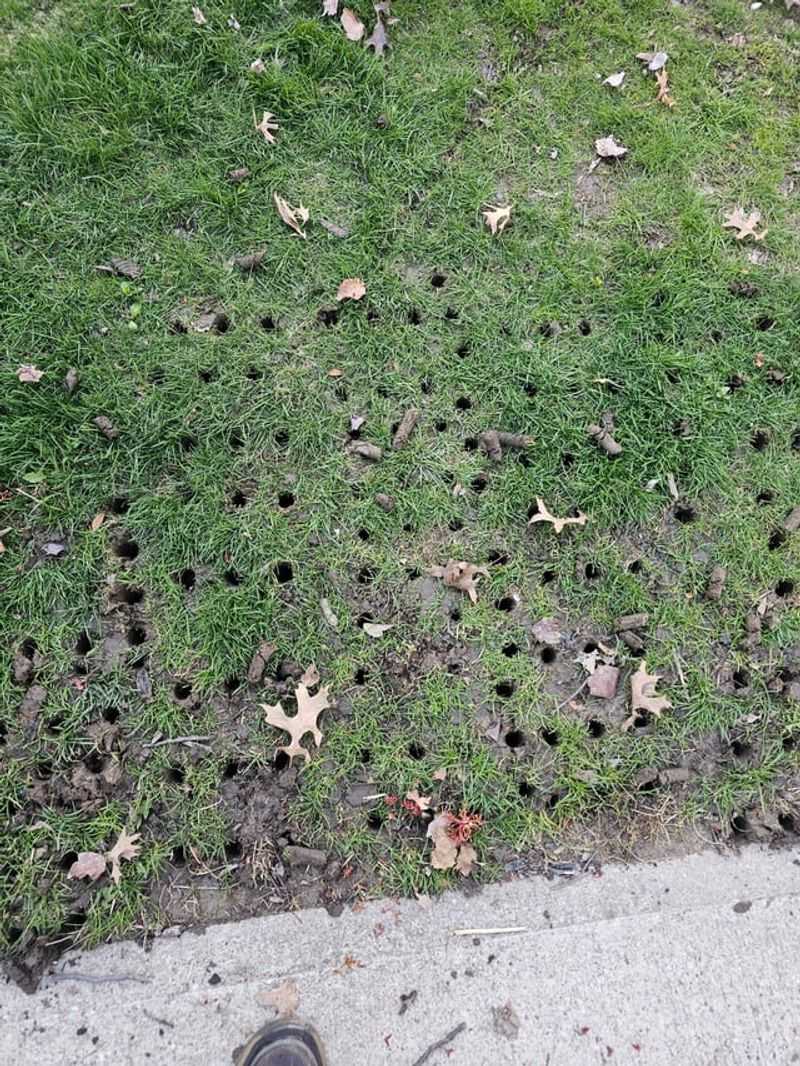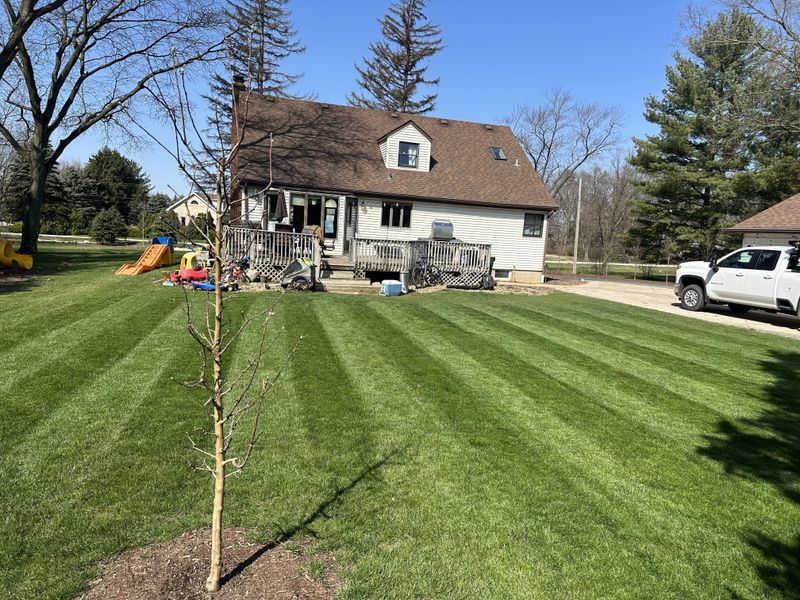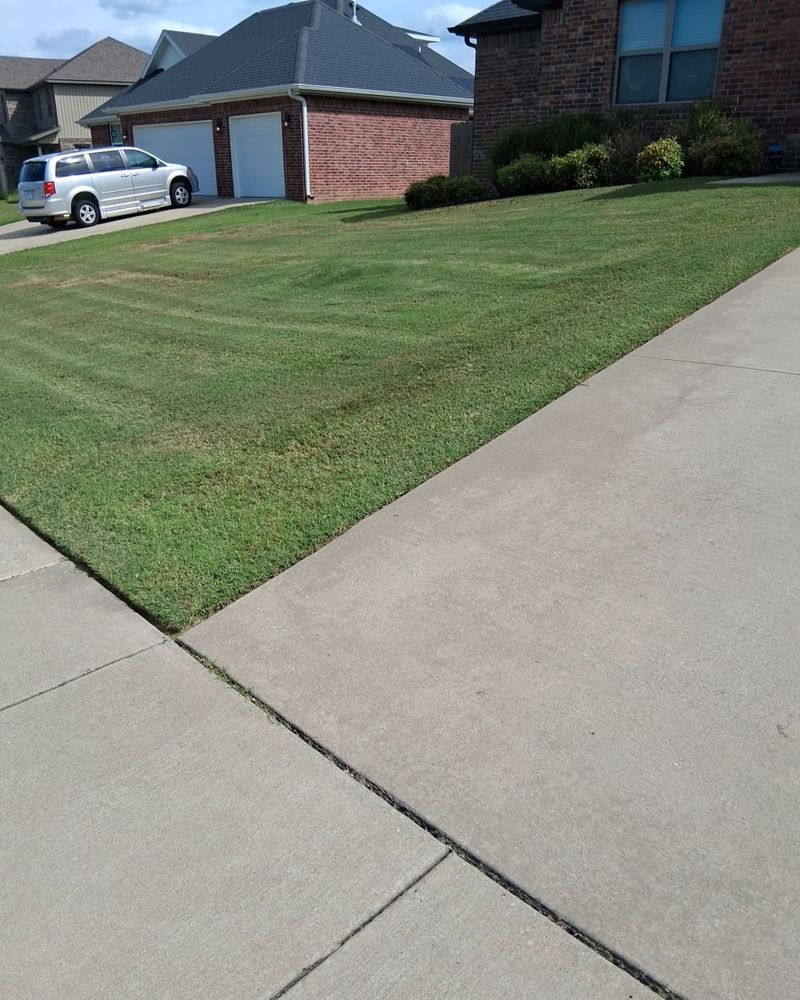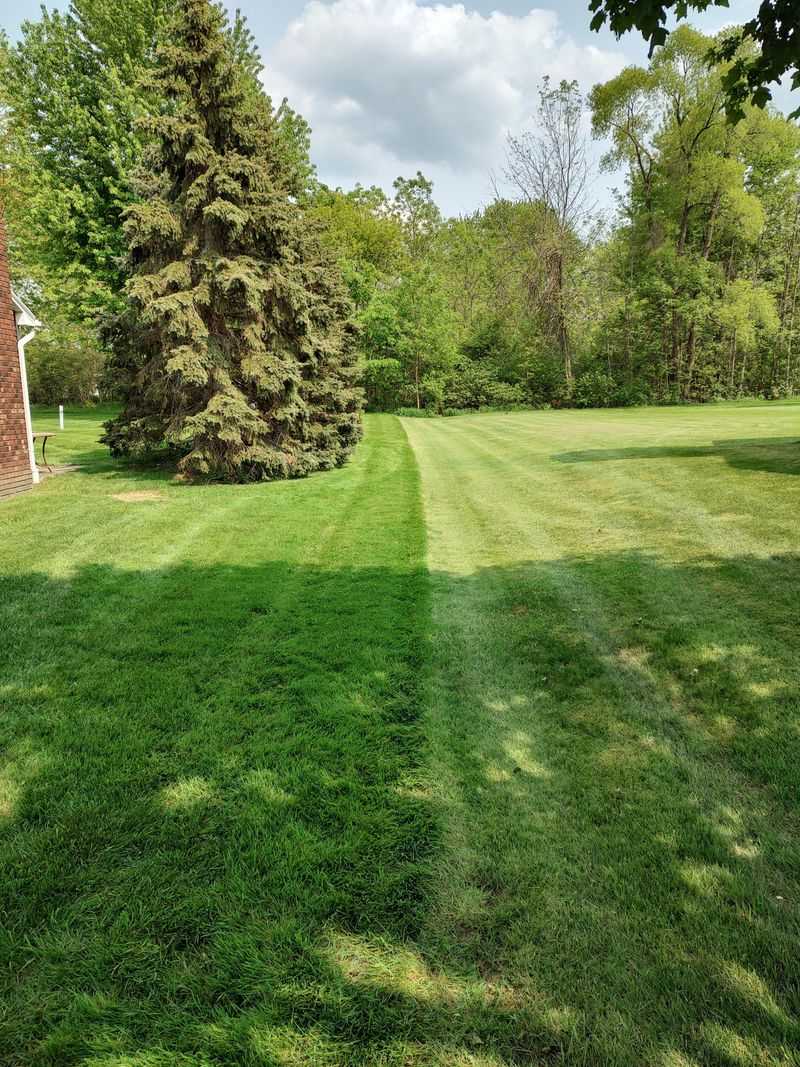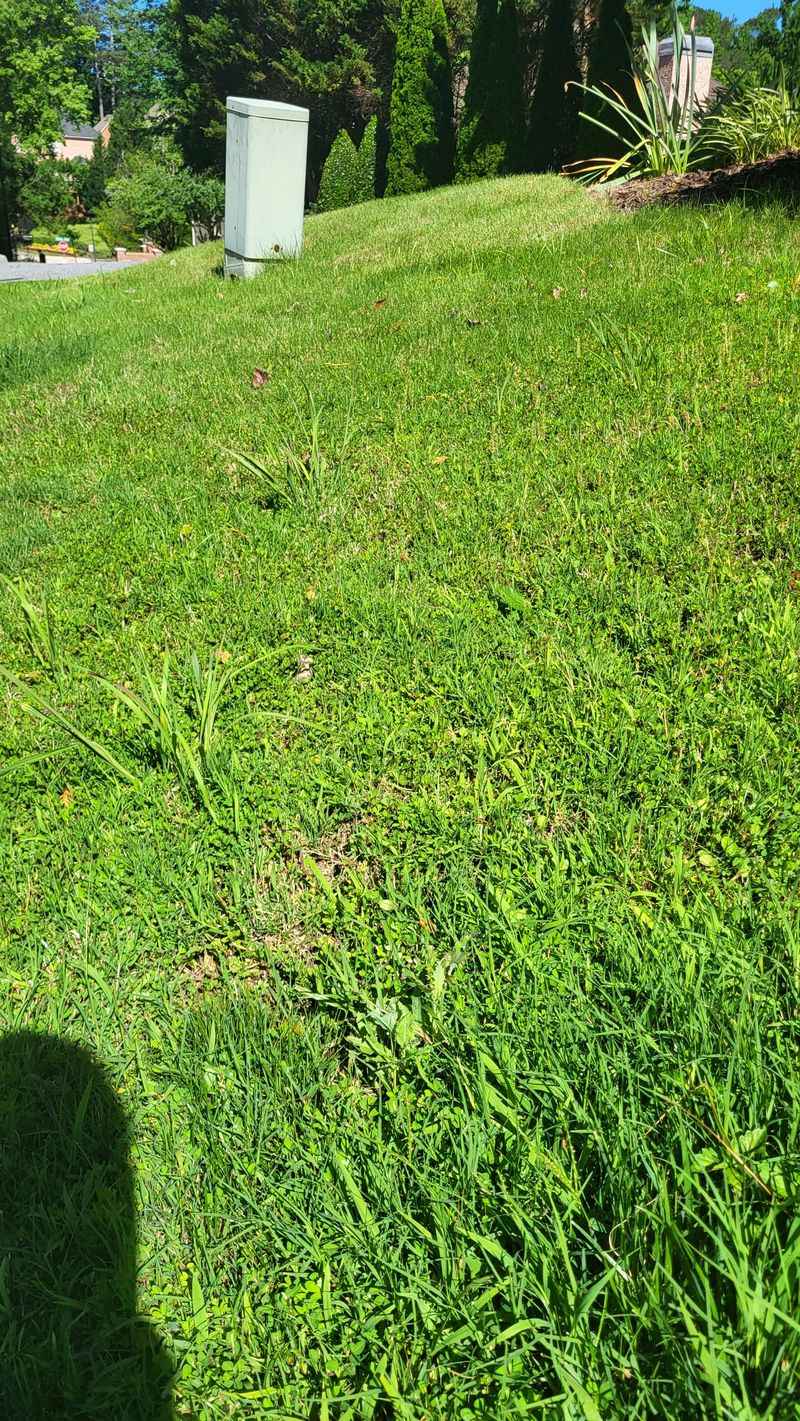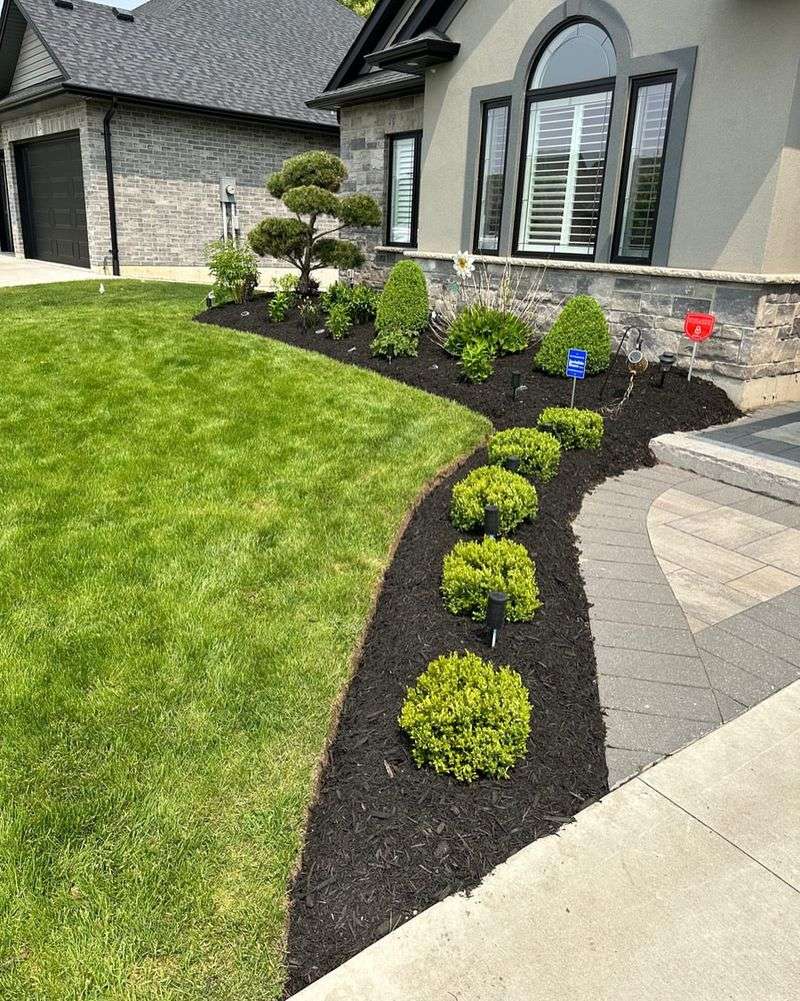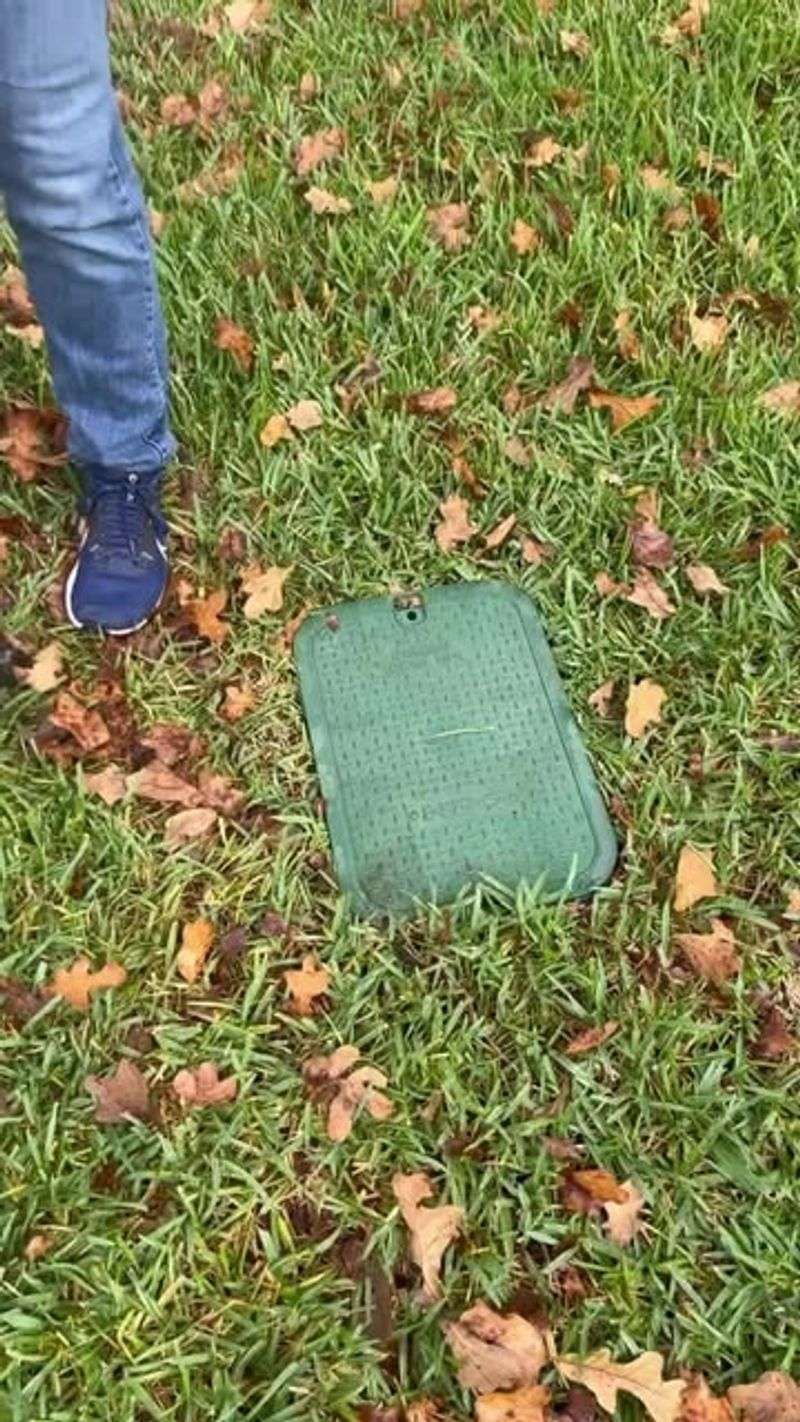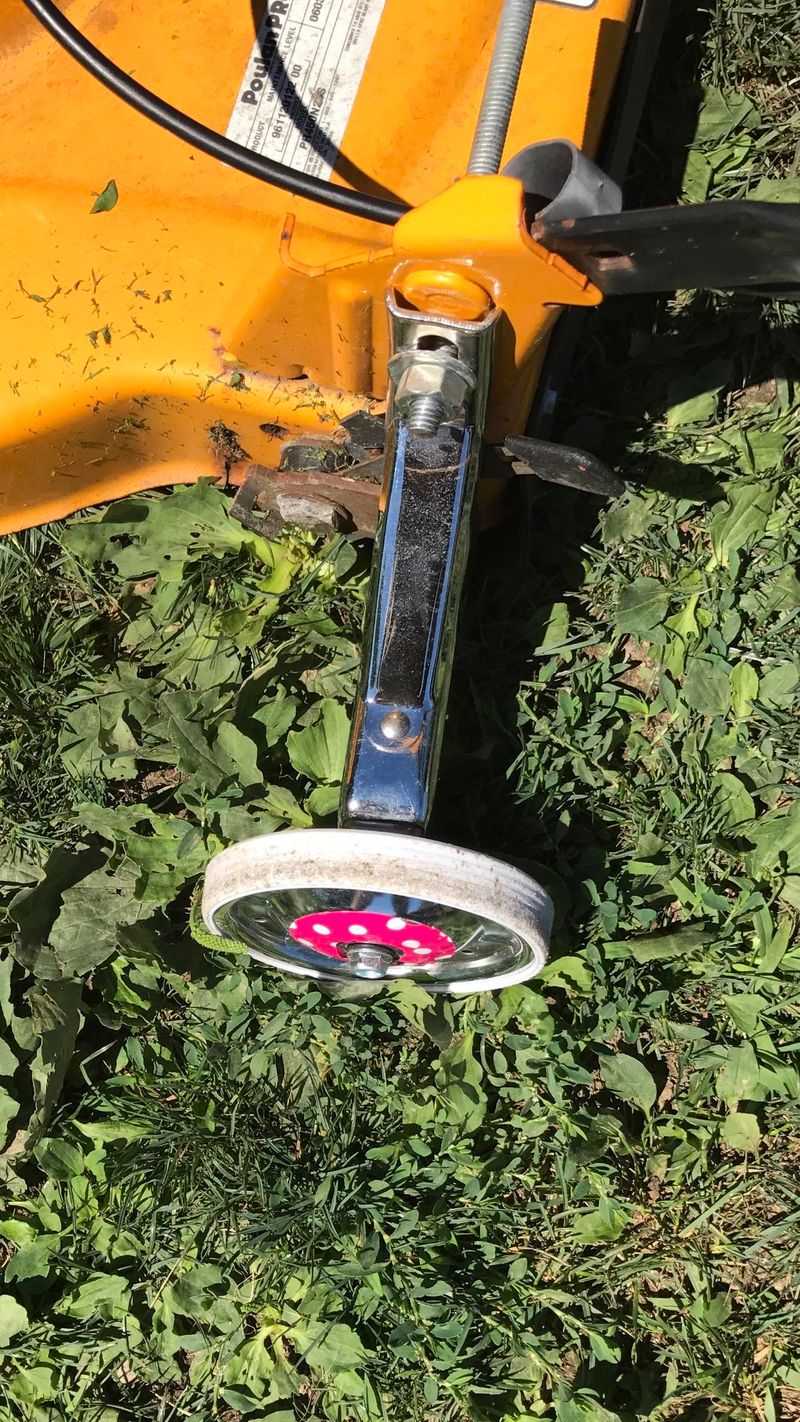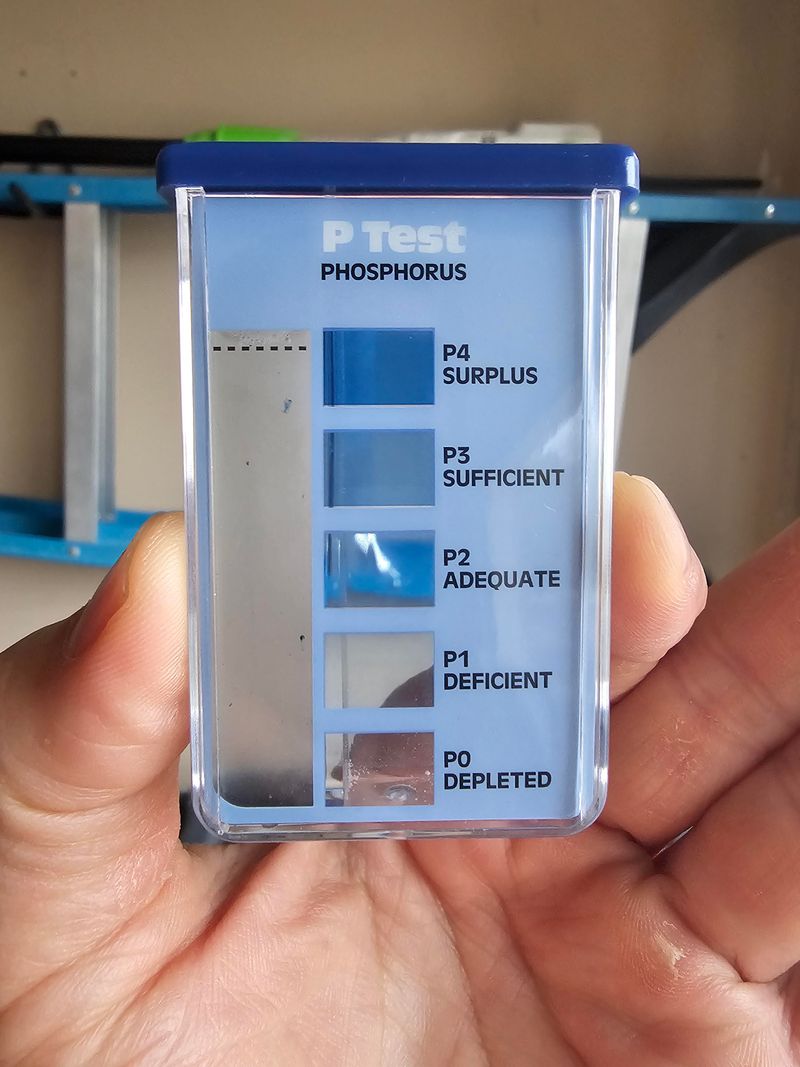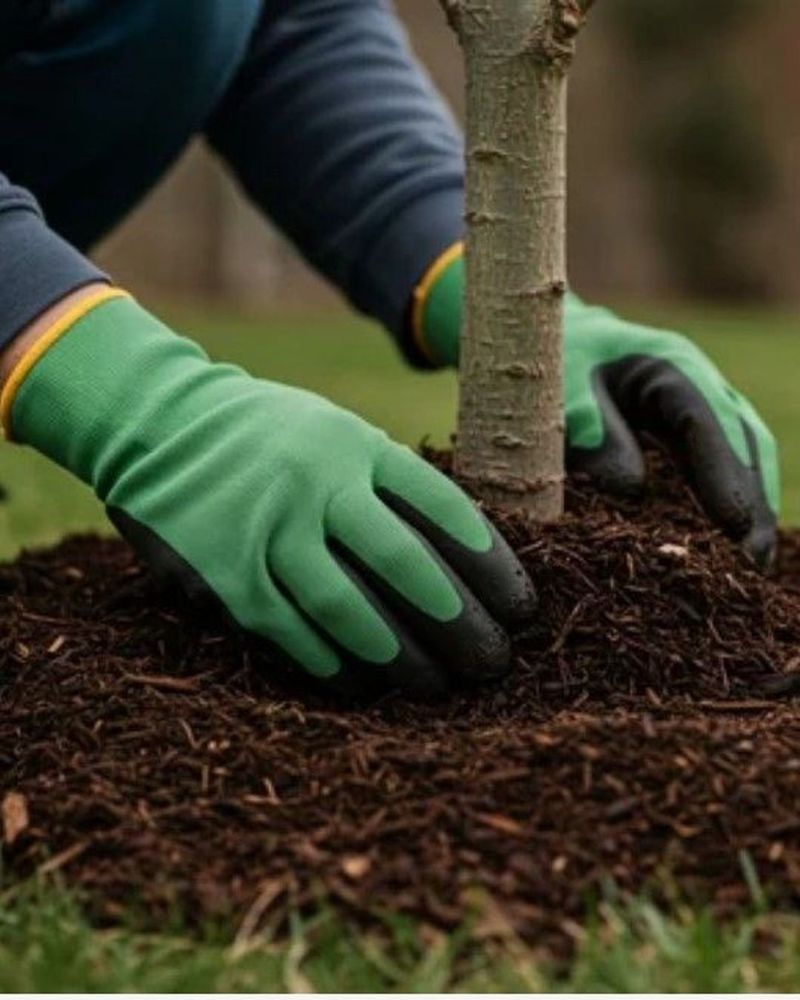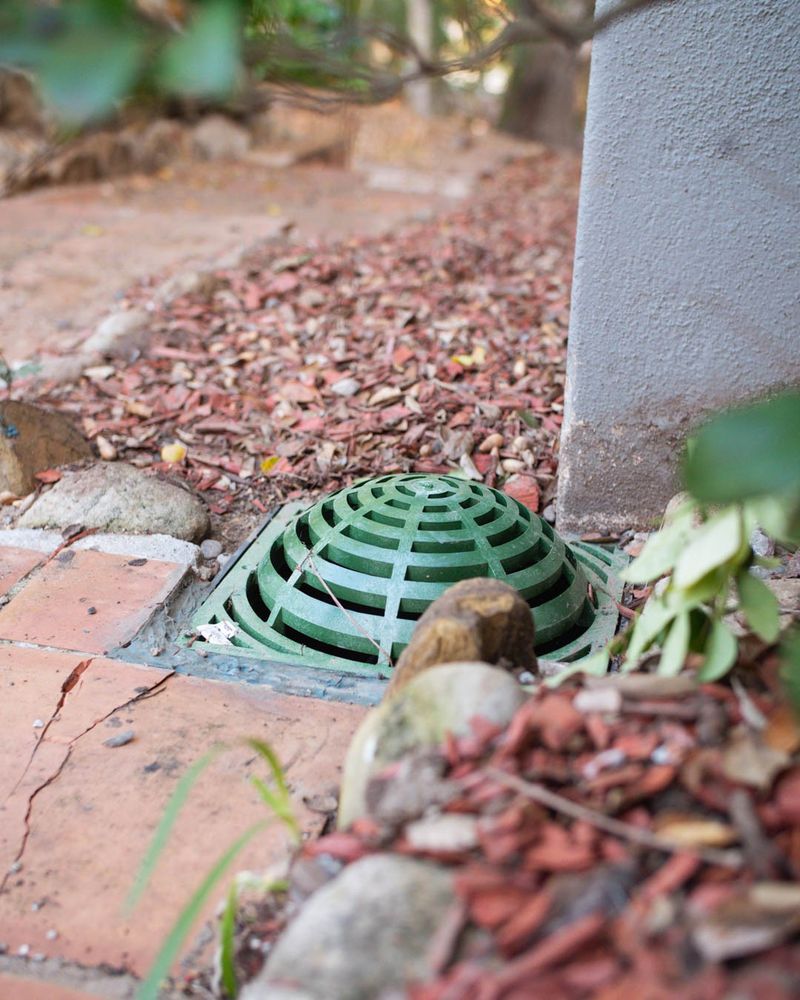As the crisp air settles in and leaves start painting the yard with shades of gold, it’s the perfect time to give your lawn some extra love.
Fall in Ohio can be tricky for grass, but a few simple tasks now can make your lawn the envy of the neighborhood next spring.
I’ve rounded up 12 easy and practical steps that I personally use to keep my yard healthy and lush. Trust me, your future self—and your lawn—will thank you!
1. Remove Fallen Leaves
Those colorful leaves might look pretty, but they can suffocate your grass if left all winter. Rake them up or use a mulching mower to chop them into tiny pieces that add nutrients.
Many Ohio homeowners use the mulched leaves as free fertilizer! Just make sure the pieces are small enough to filter down between grass blades.
2. Aerate Your Soil
Your lawn gets compacted over summer from foot traffic and mowing. Poking small holes in the soil allows oxygen, water, and nutrients to reach grass roots more effectively.
Across Ohio, rental centers offer aerator machines for weekend projects. The tiny soil plugs can be left on your lawn to decompose naturally and return nutrients to the ground.
3. Apply Fall Fertilizer
Fall is actually the most important time to feed your lawn! A nitrogen-rich fertilizer helps roots develop before winter hits. Your grass might not look like it’s growing much above ground, but underneath, it’s busy storing energy.
Ohio’s clay-heavy soils particularly benefit from fall fertilization. Look for products labeled specifically for fall application with higher phosphorus content.
4. Overseed Thin Areas
Notice some bare or thin spots in your lawn? Fall’s cooler temperatures make it perfect for seed germination. Sprinkle grass seed over these areas after aerating for best results.
The most successful Ohio lawns often contain cool-season grass varieties like Kentucky bluegrass or tall fescue. Keep newly seeded areas consistently moist until established.
5. Adjust Mowing Height
For the final few mows of the season, gradually lower your cutting height. The last cut should be shorter than summer height – about 2 inches is ideal for most Ohio lawns.
This prevents tall grass from matting under snow and developing fungal diseases. Many experienced Ohio landscapers recommend this step to reduce winter damage to turfgrass.
6. Control Perennial Weeds
Fall is surprisingly effective for weed control! Perennial weeds like dandelions and clover are actively storing nutrients in their roots now, making them more vulnerable to herbicides.
Throughout Ohio’s diverse growing regions, targeted spot-treatment works better than broadcast spraying. Always follow label directions and choose a calm day to prevent drift onto desirable plants.
7. Clean Up Garden Beds
Remove dead annuals and cut back perennials after the first frost. This prevents pests and diseases from overwintering near your lawn. Bag up diseased plant material rather than composting it.
Many Ohio gardeners leave some native plant stalks standing for winter wildlife habitat. Just make sure to clean up anything touching your lawn’s edge to prevent spread of problems.
8. Drain Irrigation Systems
Don’t let winter freezes damage your sprinkler system! Shut off the water supply and blow out any remaining water from pipes and sprinkler heads before the first hard freeze.
With Ohio’s unpredictable freeze-thaw cycles, this simple step saves expensive repairs come spring. Consider hiring a professional if you’re not comfortable doing this yourself.
9. Service Your Lawn Equipment
Before storing mowers and trimmers for winter, give them some TLC. Change the oil, sharpen blades, and clean off grass clippings. Drain fuel or add stabilizer to prevent carburetor issues.
Smart Ohio homeowners know that fall maintenance extends equipment life significantly. Consider professional servicing if your mower has been running roughly or needs major repairs.
10. Test Your Soil
Fall is perfect for soil testing! Collect samples from several lawn areas and send them to Ohio State Extension office for analysis. You’ll learn exactly what nutrients your lawn needs.
Many common Ohio lawn problems stem from incorrect pH levels or nutrient imbalances. Testing now gives you time to make amendments before spring growth begins.
11. Mulch Around Trees
Add fresh mulch around trees and shrubs, keeping it a few inches away from trunks. This insulates roots from extreme temperature changes common in Ohio winters.
Use wood chips or shredded bark spread about 2-3 inches deep. Many Ohio garden centers offer discounted mulch in fall, making this an economical way to improve your landscape’s winter survival.
12. Clear Drainage Paths
Make sure water has clear paths to drain away from your lawn. Clean gutters, extend downspouts, and fix low spots where water collects. Standing water can kill grass and create ice hazards.
Ohio’s winter freeze-thaw cycles make proper drainage especially important. Consider adding French drains in persistently wet lawn areas before the ground freezes.

